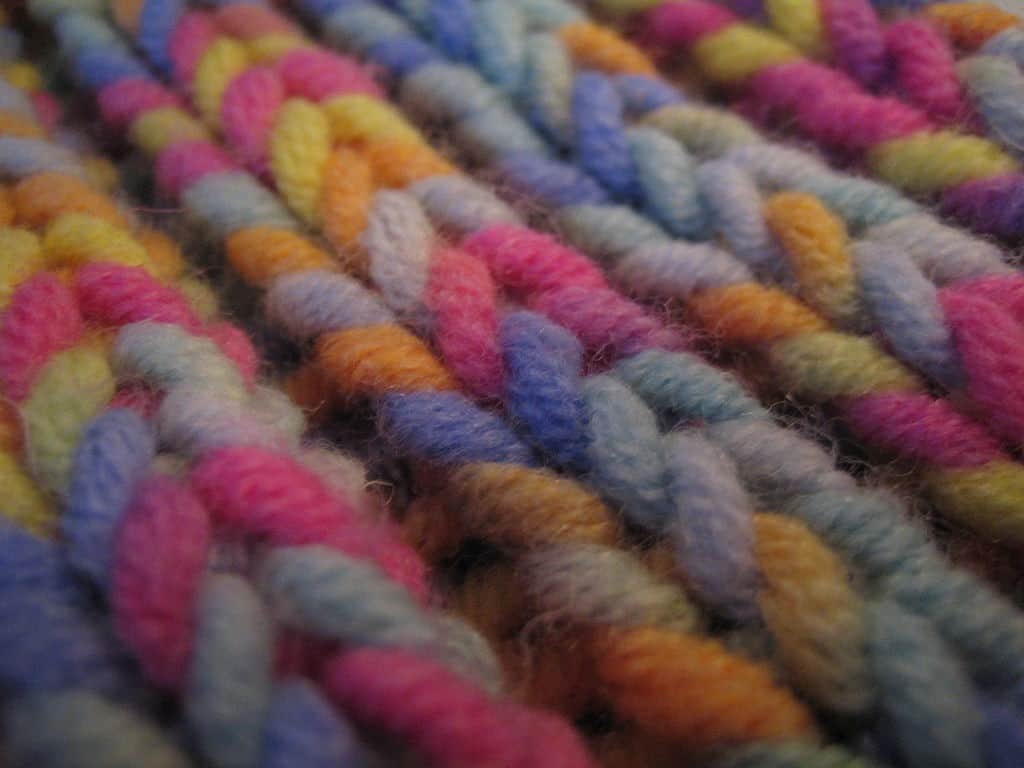The Federal Circuit has ruled that a website printout isn’t an acceptable specimen showing that a trademark has been used in connection with goods when consumers can’t place orders directly from the page.
The case of IN RE: SINY CORP. involved the attempted registration of the mark CASALANA for “Knit pile fabric made with wool for use as a textile in the manufacture of outerwear, gloves, apparel, and accessories.”
Siny, seeking the mark, submitted a specimen consisting of a webpage printout, purporting to show the mark in use in commerce for the goods.
The examining attorney at the Trademark Office initially refused registration because the webpage “appear[ed] to be mere advertising material” and thus failed to show the requisite use in commerce for the goods.
The initial page submitted didn’t include a means for ordering the goods. Siny later submitted a page with additional text, stating that buyers could contact the company via phone or email “for sales information.”
The examining attorney still found that insufficient, because consumers couldn’t actually make purchases via the website:
The examining attorney noted the absence of what he considered necessary ordering information, such as minimum quantities, cost, payment options, or shipping information. He therefore maintained the refusal based on the submitted specimen’s failure to show the requisite use in commerce for the goods.
Siny appealed.
The Federal Circuit noted:
The Lanham Act provides for registration of a mark based on use of the mark in commerce. 15 U.S.C. § 1051(a). A mark is deemed in use in commerce on goods when, among other things, “it is placed in any manner on the goods or their containers or the displays associated therewith or on the tags or labels affixed thereto.”
Mere advertising isn’t enough to qualify as a “display.”
The court also noted that
In determining whether a specimen qualifies as a display associated with the goods, one important consideration is whether the display is at a point-of-sale location.
However,
if virtually all important aspects of the transaction must be determined from information extraneous to the web page, then the web page is not a point of sale.
Thus, the court agreed that the webpage printout wasn’t an acceptable specimen.
The takeaway here is that in order for a webpage to qualify as a specimen, buyers need to be able to place orders via the page.


